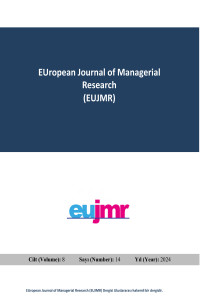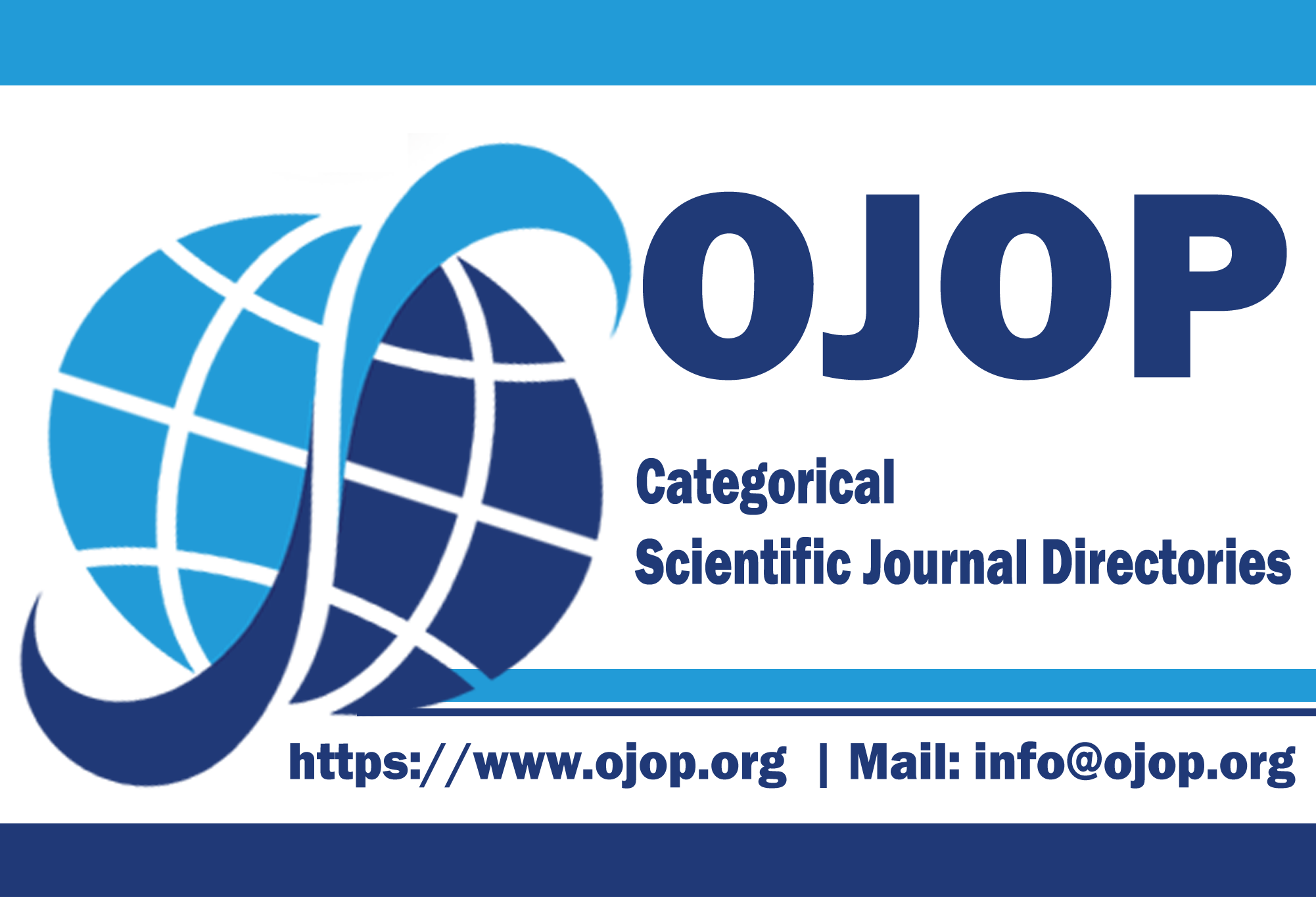Öz
Günümüzde küreselleşmenin etkilerinin giderek daha yoğun hissedildiği iş yapma ortamında, sürdürülebilir rekabet üstünlüğü elde etmenin vazgeçilmezi haline gelen insan kaynağı, katma değer oluşturma açısından çok daha önemli bir hale gelmiştir. Özellikle entelektüel sermayenin finansal sermayenin önüne geçmesiyle birlikte, insan kaynağının niteliklerini ortaya çıkartabilmesinde nitelikli örgütsel yapıların ve yönetim mekanizmalarının oluşturulması ve bu bağlamda da yönetici üst kadroların oluşturulmasında objektif karar kriterlerinin kullanımı önem arz etmektedir. Diğer bir ifade ile bir işletmenin başarısını belirlemede yüksek kaliteli ve nitelikli yöneticiler önemli yer tutmaktadır. Bir örgütün ve örgüt çalışanları arasında kurulacak ilişkinin etkili olmasını sağlayan unsurların başında gelmektedir. Bu ilişkiyi belirleyen unsurlardan biri olarak kabul görmüş aidiyet kavramı, çalışanlar için fazlaca önem taşımaktadır. İşyerleri, çalışanlar için aidiyet duygusunun gerçek bir şekilde yaşandığı topluluk olarak görev yapmaktadır. Yöneticilerin örgüt içinde çalışanlarına karşı rol model görevine sahip olmaları; çalışanlarının bireysel ve örgütsel çıktılarını etkileyecektir. Liderlerin sergileyeceği pozitif etik lider davranışların, örgütte pozitif davranışları artıracaktır. Bu kapsamda çalışma, psikolojik rahatlığın aracılığıyla etik liderlik davranışlarının örgütsel aidiyet üzerindeki etkisinin incelenmesini amaçlamaktadır. Çalışmanın amacına yönelik Kayseri Organize Sanayi Bölgesinde faaliyet gösteren işletmelerde çalışan 361 kişi ile anket uygulaması gerçekleştirilmiştir. Sonuçlar etik liderliğin örgütsel aidiyet ve psikolojik rahatlığı pozitif olarak etkilediğini ve ayrıca psikolojik rahatlığın etik liderlik ve örgütsel aidiyet ilişkisinde aracı role sahip olduğunu ortaya koymuştur.
Anahtar Kelimeler
Destekleyen Kurum
Kayseri Üniversitesi BAP Koordinatörlüğü tarafından Proje No: SBA-2023-1126
Teşekkür
Kayseri Üniversitesi BAP Koordinatörlüğü tarafından Proje No: SBA-2023-1126
Kaynakça
- Akdoğan, A. A., Arslan, A., & Demirtaş, Ö. (2016). A strategic influence of corporate social responsibility on meaningful work and organizational identification, via perceptions of ethical leadership. Procedia-Social and Behavioral Sciences, 235, 259-268.
- Aranzamendez, G., James, D., & Toms, R. (2015). Finding antecedents of psychological safety: A step toward quality improvement. Nursing forum, 50(3), 171-178.
- Biçkes, D. M., Yılmaz, C. & Bakkal, H. (2017). “A Leader and a Symbol Personality: Necmettin Erbakan”, Turkish Studies, 12(8), 51-70.
- Brown, M. E. (2007). Misconceptions of Ethical Leadership: How to Avoid Potential Pitfalls. Organizational Dynamics, 36(2), 140-155.
- Carmeli, A., Sheaffer, Z., Binyamin, G., Reiter Palmon, R., & Shimoni, T. (2014). Transformational leadership and creative problem solving: The mediating role of psychological safety and reflexivity. The Journal of Creative Behavior, 48(2), 115-135.
- Demirtas, O. (2015). Ethical leadership influence at organizations: Evidence from the field. Journal of Business Ethics, 126(2), 273-284.
- Demirtas, O., Hannah, S. T., Gok, K., Arslan, A., & Capar, N. (2017). The moderated influence of ethical leadership, via meaningful work, on followers’ engagement, organizational identification, and envy. Journal of Business Ethics, 145, 183-199.
- Dutton, J. E., Dukerich, J. M., & Harquail, C. V. (1994). Organizational images and member identification. Administrative science quarterly, 239-263.
- Edmondson, A. C. (2003). Speaking up in the operating room: How team leaders promote learning in interdisciplinary action teams. Journal of management studies, 40(6), 1419-1452.
- Edmondson, A. C., & Lei, Z. (2014). Psychological safety: The history, renaissance, and future of an interpersonal construct. Annu. Rev. Organ. Psychol. Organ. Behav., 1(1), 23-43.
- Edmondson, A. C., & Mogelof, J. P. (2006). Explaining psychological safety in innovation teams: Organizational culture, team dynamics, or personality. (ed.: Leigh Thompson ve Hoon Seok Choi), In Creativity and innovation in organizational teams, 109-136.
- Edmondson, A. C., Bohmer, R. M., & Pisano, G. P. (2001). Disrupted routines: Team learning and new technology implementation in hospitals. Administrative Science Quarterly, 46(4), 685-716.
- Haslam, S. A. (2004). Psychology in Organizations: The social identity approach. London: SAGE Publications Inc.
- İplik, E., İplik, F. N., & Efeoğlu, İ. E. (2014). Çalışanların örgütsel Destek Algılarının Örgütsel Vatandaşlık Davranışı Üzerindeki Etkisinde Örgütsel Özdeşleşmenin Rolü. Uluslararası İktisadi ve İdari İncelemeler Dergisi, 6(12), 109-122.
- Kanbur, E. (2017). Psikolojik Güçlendirme ve Örgütsel Özdeşleşme Arasında Birey-Örgüt Uyumunun Aracı Rolü. Uluslararası Sosyal ve Eğitim Bilimleri Dergisi, 4(7), 63-82.
- Liu, W., Zhang, P., Liao, J., Hao, P., & Mao, J. (2016). Abusive supervision and employee creativity: the mediating role of psychological safety and organizational identification. Management Decision, 54(1), 130-147.
- Mael, F. & Ashforth B.E. (1992). “Alumni and Their Alma Mater: A Partial Test of the Reformulated Model of Organizational Identification.” Journal of Organizational Behavior , 13(2): 103-123.
- Mayer, D. M., Aquino, K., Greenbaum, R. L., & Kuenzi, M. (2012). Who displays ethical leadership, and why does it matter? An examination of antecedents and consequences of ethical
- Miao, Q., Newman, A., Yu, J., & Xu, L. (2013). The relationship between ethical leadership and unethical pro-organizational behavior: Linear or curvilinear effects? Journal of Business Ethics, 116(3), 641-653.
- Qi, Y., & Ming-Xia, L. (2014). Ethical leadership, organizational identification and employee voice: Examining moderated mediation process in the Chinese insurance industry. Asia pacific business review, 20(2), 231-248.
- Riketta, M., & Dick R.V. (2005). “Foci of Attachment in Organizations: A Meta-Analytic Comparison of the Strength and Correlates of Workgroup Versus Organizational Identification and Commitment.” Journal of Vocational Behavior, 67 (3): 490-510.
- Shin, Y. (2012). CEO ethical leadership, ethical climate, climate strength, and collective organizational citizenship behavior. Journal of Business Ethics, 108(3), 299-312.
- Tu, Y., Lu, X., Choi, J. N., & Guo, W. (2019). Ethical leadership and team-level creativity: Mediation of psychological safety climate and moderation of supervisor support for creativity. Journal of Business Ethics, 159, 551-565.
- Van Knippenberg, D. (2000). “Work Motivation and Performance: A Social Identity Perspective.” Applied Psychology, 49 (3): 357-371.
- Walumbwa, F. O., & Schaubroeck, J. (2009). Leader personality traits and employee voice behavior: mediating roles of ethical leadership and work group psychological safety. Journal of applied psychology, 94(5), 1275-1286.
- Walumbwa, F. O., Hartnell, C. A., & Misati, E. (2017). Does ethical leadership enhance group learning behavior? Examining the mediating influence of group ethical conduct, justice climate, and peer justice. Journal of Business Research, 72, 14-23.
- Walumbwa, F. O., Mayer, D. M., Wang, P., Wang, H., Workman, K., & Christensen, A. L. (2011). Linking ethical leadership to employee performance: The roles of leader–member exchange, self-efficacy, and organizational identification. Organizational Behavior and Human Decision Processes, 115(2), 204-213.
- Yener, S. (2015). Psikolojik Rahatlık Ölçeğinin Türkçe Formunun Geçerlik ve Güvenirlik Çalışması. Sosyal Bilimler Arastirmalari Dergisi, 13, 280-305.
- Yıldız, A.T. & Demirtaş, Ö. (2022). Sağlık İşletmelerinde Etik Liderliğin Dile Getirme Davranışları Aracılığıyla İş Performansına Etkisi: Örgütsel Aidiyetin Düzenleyici Rolü. Nevşehir Hacı Bektaş Veli Üniversitesi SBE Dergisi, 12(3), 1334- 1346.
- Zaal, R. O., Jeurissen, R. J., & Groenland, E. A. (2017). Organizational Architecture, Ethical Culture, and Perceived Unethical Behavior Towards Customers: Evidence from Wholesale Banking. Journal of Business Ethics, 1-24.
Ayrıntılar
| Birincil Dil | Türkçe |
|---|---|
| Konular | İnsan Kaynakları Yönetimi |
| Bölüm | Araştırma Makalesi |
| Yazarlar | |
| Erken Görünüm Tarihi | 29 Haziran 2024 |
| Yayımlanma Tarihi | 30 Haziran 2024 |
| Gönderilme Tarihi | 21 Mayıs 2024 |
| Kabul Tarihi | 29 Mayıs 2024 |
| Yayımlandığı Sayı | Yıl 2024 Cilt: 8 Sayı: 14 |




